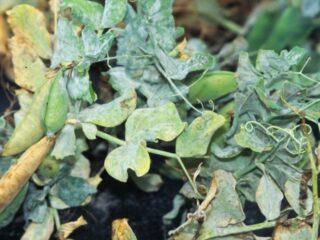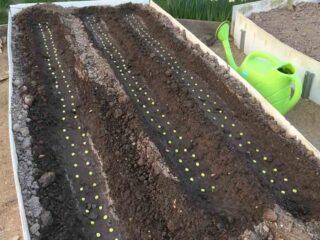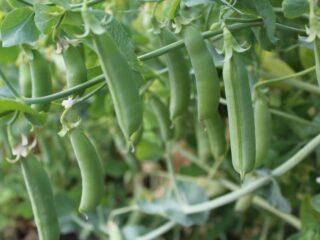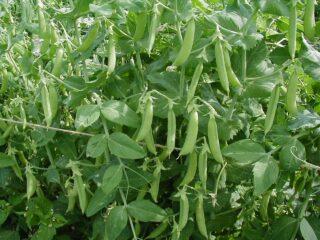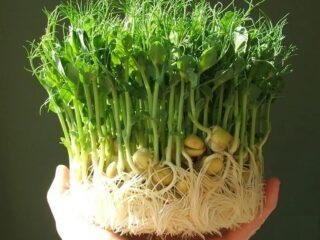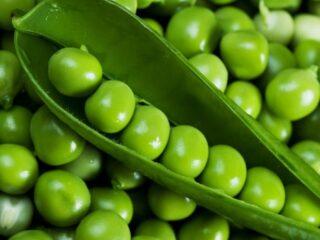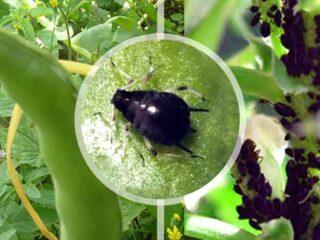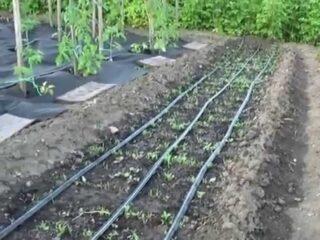Content
Peas and lentils are annual herbaceous plants that belong to the legume family. Humanity has been cultivating crops since time immemorial, as they are rich in vitamins, microelements and proteins. Despite the similarities, there is still a difference between peas and lentils.
What are lentils and peas
Both products are annual legume crops grown on Earth since the time of Abraham. Even the ancient Egyptians baked bread from lentil flour, and stew is mentioned in the Bible.
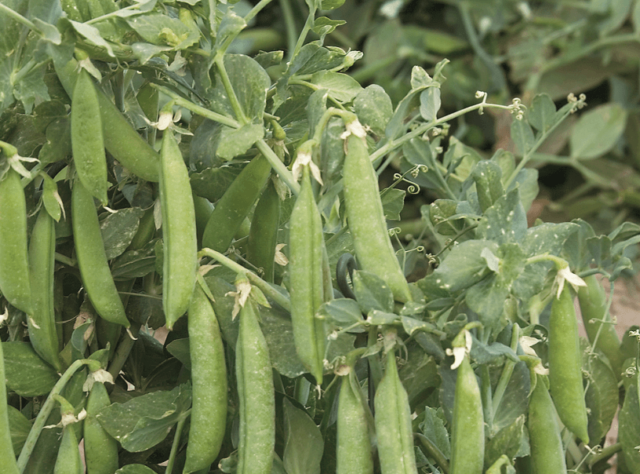
In terms of nutritional properties, both legumes can replace meat products and cereals
The difference between lentils and peas
Lentils and peas are two types of different seeds that grow in pods. Both crops belong to different varieties of legumes.
Appearance
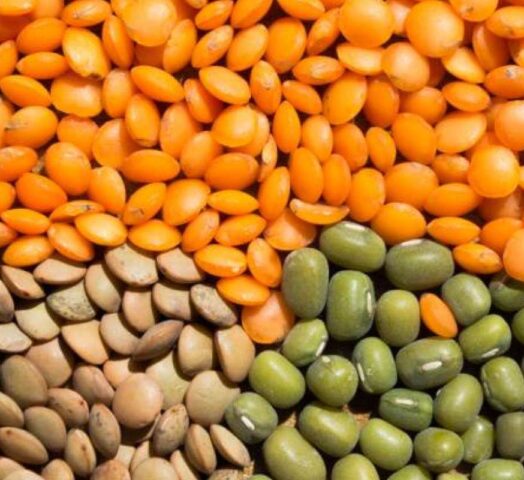
Lentils are small, flat discs of seeds
There are several varieties, which are divided depending on the color and size of the grains. The most common varieties of lentils: beluga, puy, red, black, brown.
The spherical or slightly compressed peas grow in pods. The size of each horn is from 2.5 to 12 cm, inside there are from 2 to 10 peas.
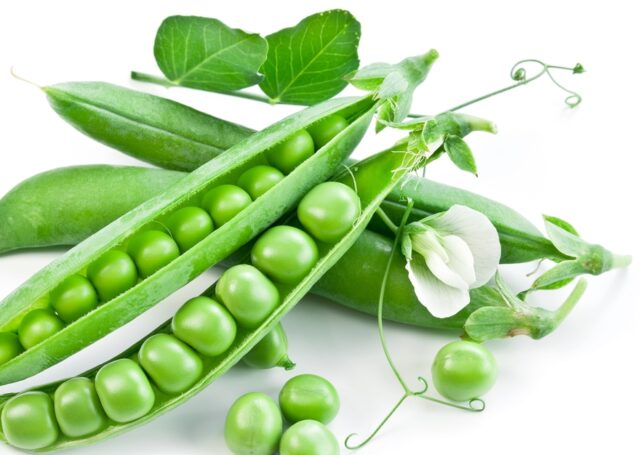
From a botanical point of view, peas are classified as fruits.
If peas are classified by culinary standards, then they are classified as vegetables. Its seeds are round.
There are three main groups of peas:
- Shelling - the peas are even and smooth. It is harvested while still green, otherwise it loses its taste.
- Brain is a sweeter pea. Suitable for canning and freezing.
- Sugar - used together with the pod.
Chemical composition
Both legume products are recommended to be included in the diet of people who do not consume meat products. In addition to protein, legumes contain vitamins and microelements.
Product composition:
Nutrients | Quantity in Lentils | Contents in peas |
A (retinol) | 5 mcg | 2 mcg |
IN1 (thianol) | 0.5 mg | 0.9 mg |
IN2 (riboflavin) | 0.21 mg | 0.18 mg |
IN5 (pantothenic acid) | 1.2 mg | 2.3 mg |
IN6 (adermin) | 0.54 mg | 0.3 mg |
IN9 (folic acid) | 90 mcg | 16 mcg |
Beta carotene | 0.03 mg | 0.01 mg |
C (ascorbic acid) | 4.4 mg | 1.8 mg |
E (tocopherol) | 0.5 mg | 0.5 mg |
N (biotin) | 0.33 mcg | 19 mcg |
K (phylloquinone) | 5 mcg | 14 mcg |
PP (nicotinic acid) | 5.5 mg | 7.2 mg |
Chemical composition of legumes:
Microelements: | Quantity in Lentils | Quantity in peas |
Copper | 660 mcg | 590 mcg |
Manganese | 1.19 mg | 0.7 mg |
Molybdenum | 77.5 mcg | 84.2 mcg |
Cobalt | 11.6 mcg | 8.6 mcg |
Selenium | 19.6 mcg | 1.6 mcg |
Iodine | 3.5 mcg | 0.15 mcg |
Fluorine | 25 mcg | 30 mcg |
Iron | 11.8 mg | 7 mg |
Zinc | 2.42 mcg | 2.44 mg |
Chromium | 10.8 mcg | 9 mcg |
Macronutrients: |
|
|
Magnesium | 80 mg | 88 mg |
Chlorine | 75 mg | 57 mg |
Potassium | 672 mg | 731 mg |
Phosphorus | 390 mg | 226 mg |
Sulfur | 163 mg | 170 mg |
Calcium | 83 mg | 89 mg |
Silicon | 80 mg | 83 mg |
Sodium | 55 mg | 27 mg |
Calorie content of lentils and peas
The nutritional value | Lentils | Peas |
Fats, g | 1,5 | 1,6 |
Proteins, g | 24 | 23 |
Carbohydrates, g | 46,3 | 48,1 |
Calorie content, kcal | 295 | 299 |
Cooking methods and times
Lentils are used to prepare an independent dish or stew, puree, cutlets, pates, first courses, sauces, side dishes, salads.
15-20 min. it will take to cook the red type, while the white one should be cooked for at least one hour.
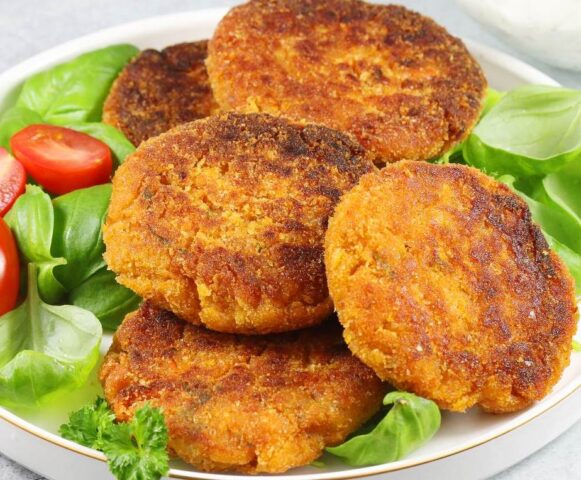
The most common lentil dish is cutlets.
Recipe for making meatballs:
- 1.5 cups of the product are poured into a saucepan and filled with water overnight.
- In the morning, drain the liquid, add clean water, and boil for 15-20 minutes.
- Place the product in a colander to drain off excess liquid.
- Chop two medium-sized onions.
- Grate 150 g of carrots.
- Fry the onion in vegetable oil until golden brown, then add the carrots.
- Cover with a lid and simmer over low heat until done.
- After the vegetables have completely cooled, they are placed in a blender bowl and ground until smooth, or passed through a meat grinder twice.
- The cutlet mixture is salted, peppered, and seasoning is added.
The formed cutlets are fried in hot oil on each side for at least two minutes. There is no need to extinguish them.
Peas are also used for cooking in cuisines around the world. The product is used to make delicious soups, purees, cutlets, porridges, and pie fillings.
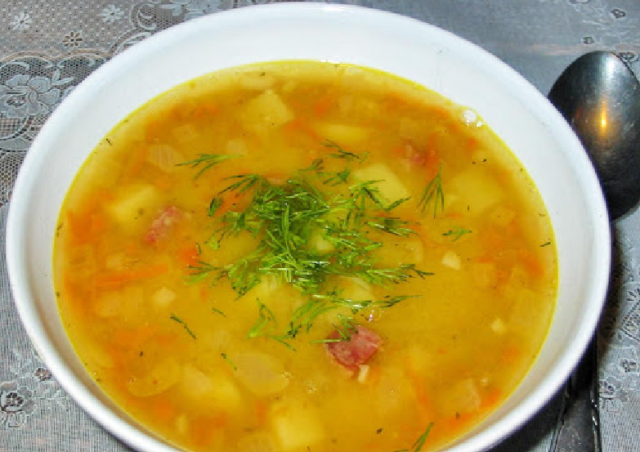
Housewives cook pea soup more often than any other dish.
Recipe:
- Place 300 g of chicken meat and pre-prepared peas in a pan, add water.
- After boiling, cook for one hour.
- Fry a small onion in a frying pan until golden brown.
- Grated carrots are also sent there.
- When the peas are cooked, place two medium-sized potatoes into the pan.
- The soup is salted when the potatoes are cooked. Add fried vegetables to the pan. Bring to a boil.
Cooking time for pea soup is 120 minutes.
Benefit
Useful properties of peas:
- activates metabolism, improves the condition of nails, hair and skin;
- eliminates constipation;
- restores brain activity, strengthens the immune system;
- regulates blood glucose levels, which allows it to be included in the diet of diabetics;
- has a diuretic effect;
- removes toxins from the body, slows down the aging process;
- reduces the risk of developing cancer.
Healing properties of lentils:
- normalizes digestion and metabolism;
- prevents the development of pathologies of the cardiovascular system;
- increases immunity, removes toxins;
- regulates cholesterol levels in the blood;
- promotes rapid recovery after physical activity;
- improves brain function;
- prevents the development of cancer cells.
Harmful properties
Despite the fact that the products have a lot of useful qualities, when consumed uncontrolled, both cultures increase flatulence, cause bloating and discomfort. Lentils contain phytic acid, which affects the body’s absorption of nutrients and promotes fermentation processes.
Lentils are not suitable for people who have individual intolerance; peas aggravate ailments of the gastrointestinal tract. Those who suffer from dysbacteriosis should avoid consuming the products.With frequent consumption of legumes, the skin becomes dry and loses its elasticity.
Which is healthier: lentils or peas?
Lentils are better than peas in terms of ascorbic and folic acid content, while the latter has a higher percentage of fiber, selenium and vitamin K. Lentils have significantly less fat, but peas are healthier for those who suffer from anemia, as they contain a lot of iron.
In part, lentils are superior to their relative. If a person prefers to eat peas rather than lentils, there is nothing to worry about. It is also rich in vitamins, macro- and microelements that the body needs for normal functioning.
Which is tastier: lentils or peas?
There is no clear answer to the question. Everyone chooses the product that they like best. The taste of lentils is something between beans and peas, but more tender than these products.
Each variety of lentil has its own specific flavor:
- green - with a herbaceous taste;
- red - with nut;
- yellow – with a mushroom aftertaste.
What are the similarities
How are lentils similar to peas?
- Both legumes are edible legume seeds that grow in pods and have a low glycemic index. Cooked dishes do not cause a sharp jump in blood sugar levels, satiate the body for a long time, and take a long time to digest.
- Both legumes come in different varieties and shades, are rich in protein and fiber, and are sold in dried form. When consumed in excess, both crops cause gas formation. Therefore, it is recommended to limit consumption to once a day.
- You can prepare many dishes from peas and lentils: salads, soups, side dishes, purees. Both products must be soaked before heat treatment.
People with chronic joint diseases, biliary dyskinesia, and those suffering from renal failure should avoid eating these dishes.
Conclusion
The difference between peas and lentils in terms of caloric content and nutritional value of the product is almost invisible. But they differ in chemical and vitamin composition. Lentils are richer than peas, but their cost is higher.
